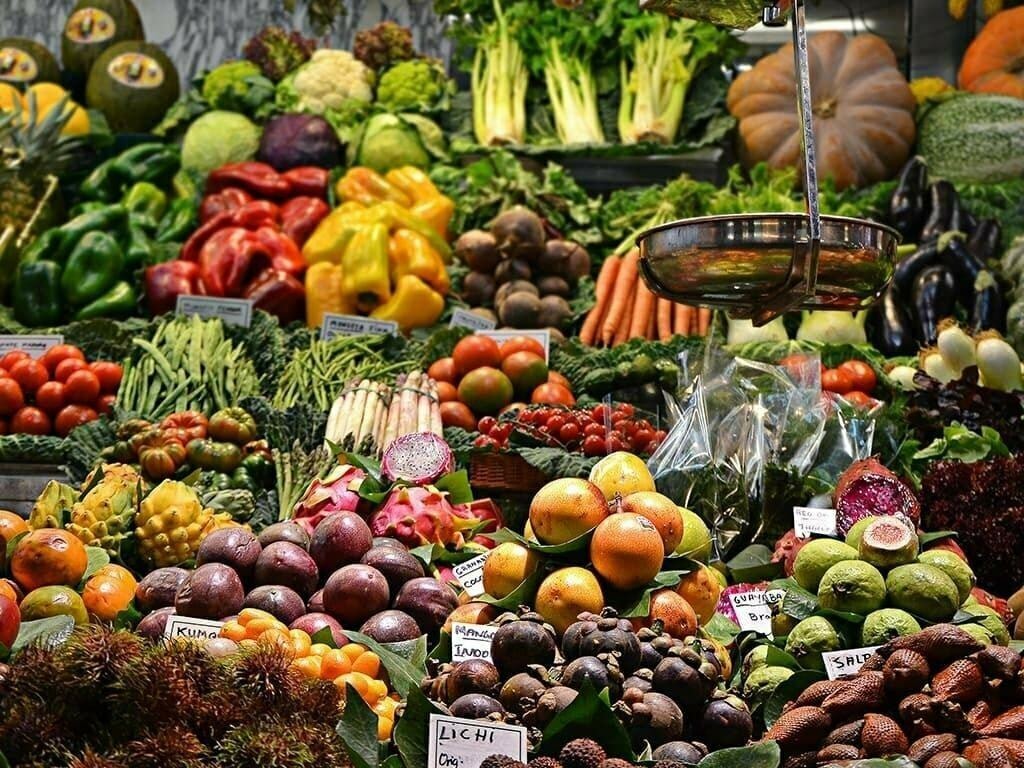Islamabad, Feb 21: Inflation in Pakistan continued its upward trend as the Sensitive Price Indicator (SPI) recorded a 0.27% increase for the combined consumption groups during the week ending February 20, according to the Pakistan Bureau of Statistics (PBS).
The SPI stood at 319.12 points, compared to 318.26 points the previous week, reflecting ongoing price fluctuations in essential commodities. On a year-on-year basis, inflation for the same period marked a 1.21% rise, highlighting persistent economic pressures on consumers.
The SPI, which tracks weekly price movements in 17 urban centers across 51 essential items, revealed mixed trends across different income groups. The lowest-income group, earning up to Rs 17,732 per month, experienced a 0.19% increase, with the SPI reaching 308.82 points.
READ MORE: Agritech Limited Restarts Urea Production After Temporary Halt
For households with incomes between Rs 17,732 and Rs 22,888, inflation climbed by 0.23%, while it rose 0.24% for those earning between Rs 22,889 and Rs 29,517. The highest-income groups earning above Rs 44,175 witnessed a 0.28% increase in weekly inflation.
Price changes varied significantly across different commodities. Among the 11 items that saw a week-on-week price increase, bananas (11.89%), eggs (7.80%), chicken (4.47%), garlic (1.08%), and sugar (0.65%) experienced the most notable hikes. Meanwhile, 16 essential items recorded price reductions, including tomatoes (-2.81%), diesel (-1.49%), pulse gram (-1.24%), onions (-1.16%), and potatoes (-0.90%). The prices of 24 items remained stable, reflecting a mixed inflationary trend.
On a yearly basis, major price drops were observed in tomatoes (-58.82%), onions (-49.86%), wheat flour (-37.05%), chili powder (-20.00%), and electricity charges (-18.92%). However, several staple goods and consumer items witnessed significant price hikes over the year, with ladies’ sandals (75.09%), pulse moong (28.07%), powdered milk (25.84%), bananas (24.15%), beef (22.47%), and potatoes (20.71%) among the most affected items.
The latest SPI figures reflect continued economic uncertainty, with price fluctuations impacting both essential food items and consumer goods. While some staple commodities have seen temporary relief, rising costs in protein sources, footwear, and essential groceries indicate persistent inflationary pressures on households, particularly those in lower-income brackets.









